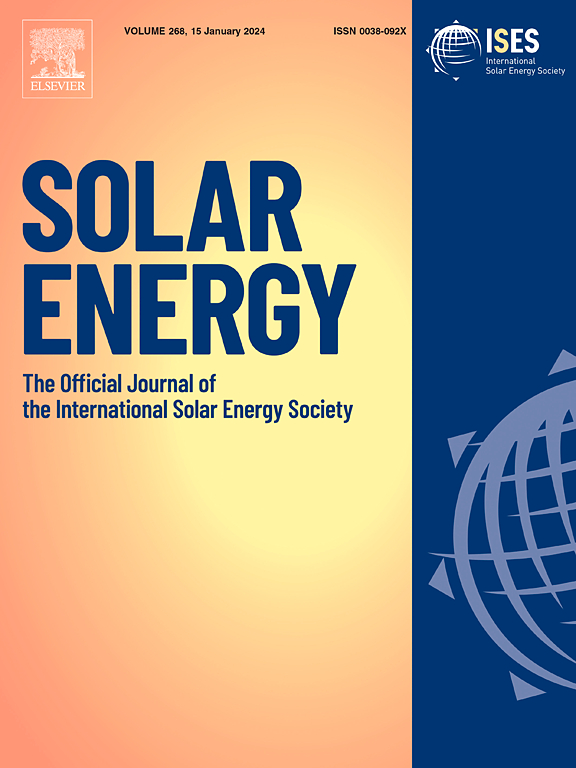Cobalt oxide particles embedded in carbon nitride nanosheets for enhanced photocatalytic performance
IF 6
2区 工程技术
Q2 ENERGY & FUELS
引用次数: 0
Abstract
Effective removal of organic pollutions and efficient conversion of carbon dioxide (CO2) under illumination still pose challenges at present. Herein, carbon nitride (g-C3N4) nanosheets were successfully fabricated via high temperature calcination with melamine as raw material. As a typical p-type semiconductor, cobalt oxide (CoO) particles with the sphere-like morphology were embedded in g-C3N4 nanosheets to construct the g-C3N4/CoO composites via impregnation and thermal polymerization. High dispersion of CoO particles into g-C3N4 matrix effectively prohibits their agglomeration, which can gain larger specific surface area, greatly surpassing that of their components. Furthermore, the well coupled interface between components was successfully constructed to improve charge separation and transfer via p-n junction. The above benefits endow g-C3N4/CoO composites with the excellent photocatalytic activity of methyl orange (MO) degradation and CO2 reduction, remarkably superior to g-C3N4 and CoO. The successful preparation of g-C3N4/CoO p-n heterojunctions may be a general and beneficial approach to constructing the visible-light-responsive photocatalytic materials.

求助全文
约1分钟内获得全文
求助全文
来源期刊

Solar Energy
工程技术-能源与燃料
CiteScore
13.90
自引率
9.00%
发文量
0
审稿时长
47 days
期刊介绍:
Solar Energy welcomes manuscripts presenting information not previously published in journals on any aspect of solar energy research, development, application, measurement or policy. The term "solar energy" in this context includes the indirect uses such as wind energy and biomass
 求助内容:
求助内容: 应助结果提醒方式:
应助结果提醒方式:


